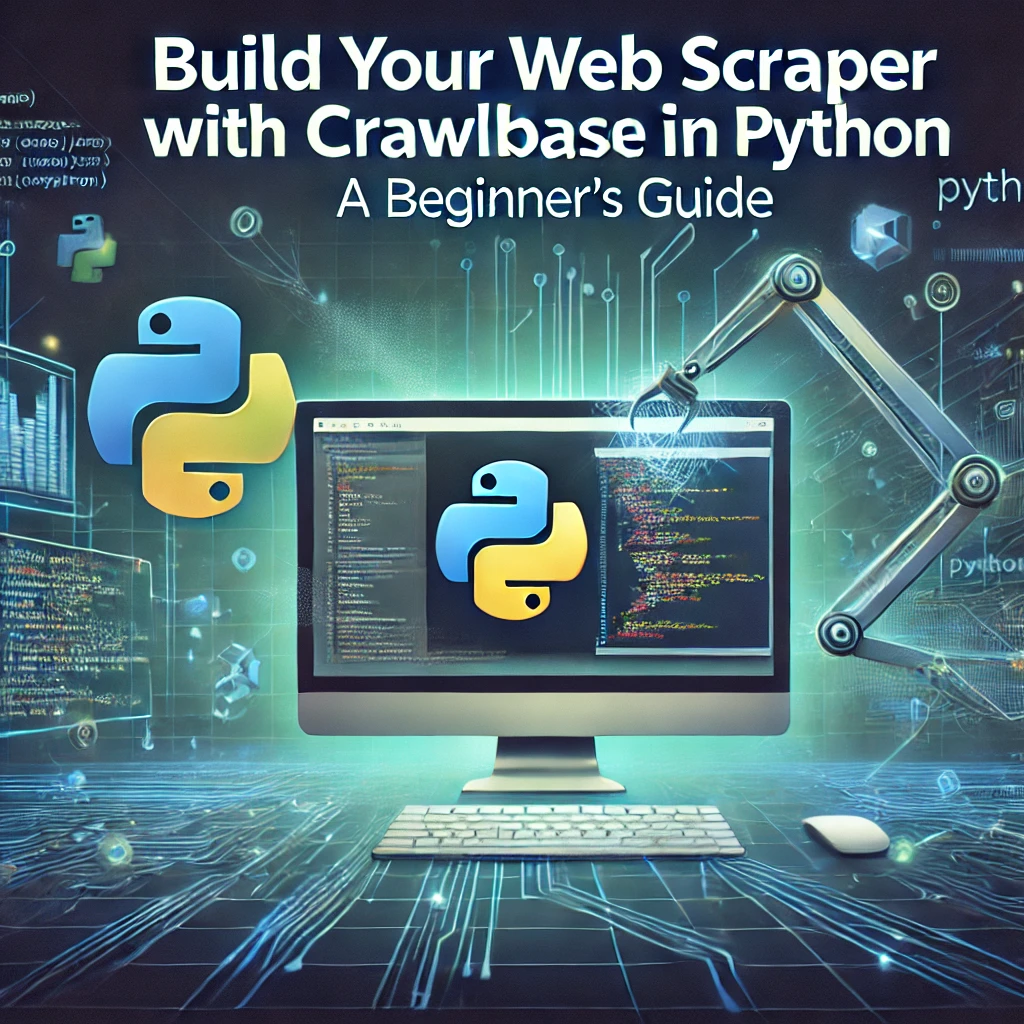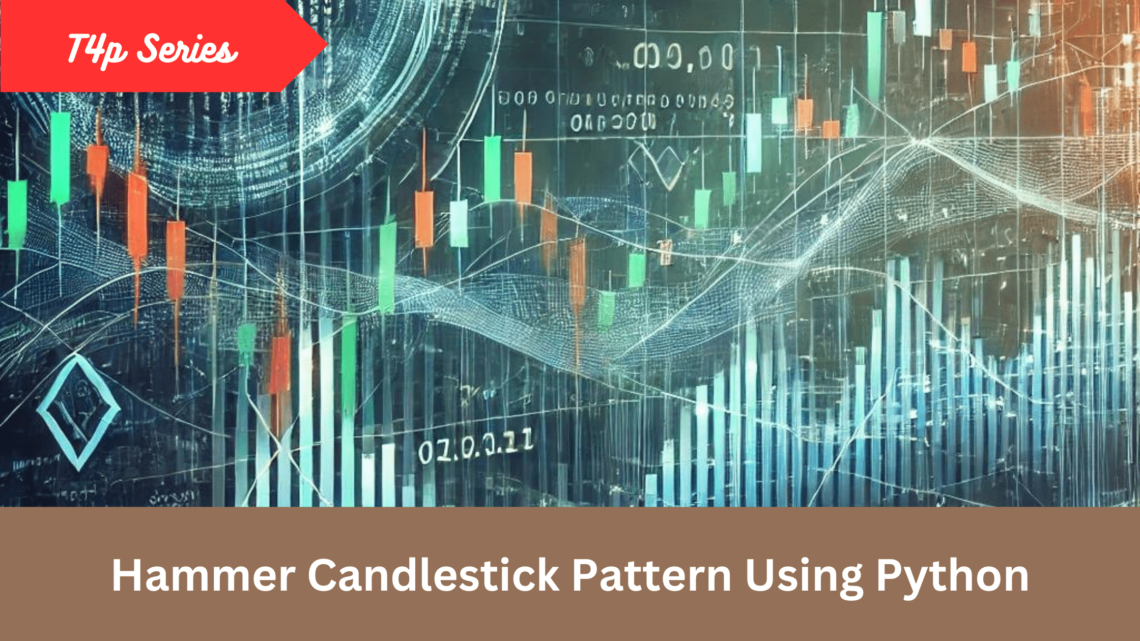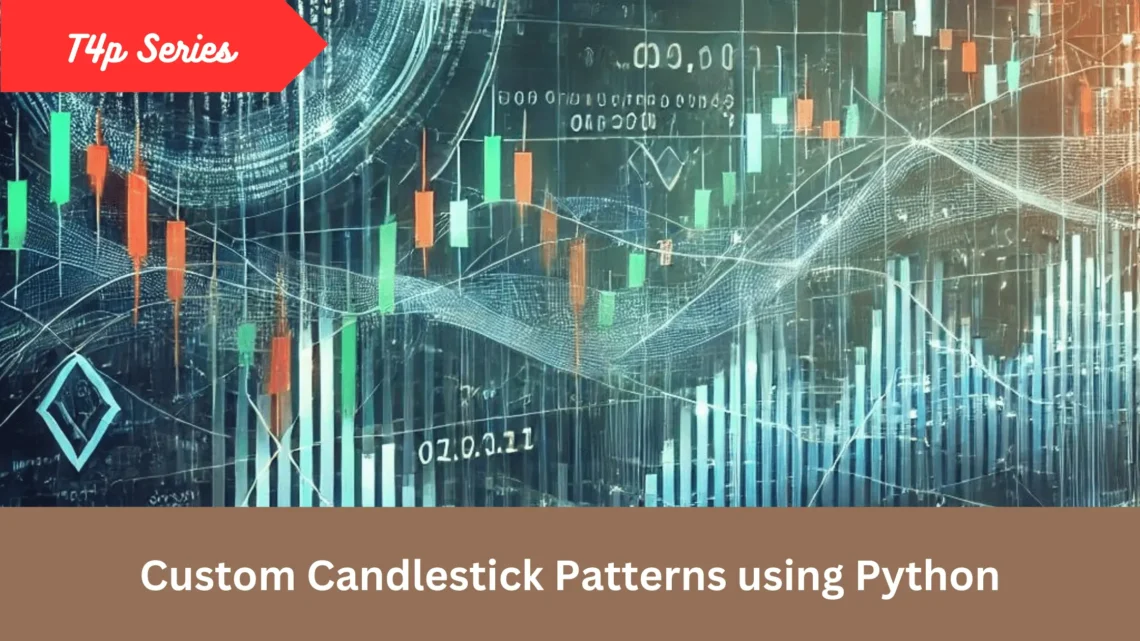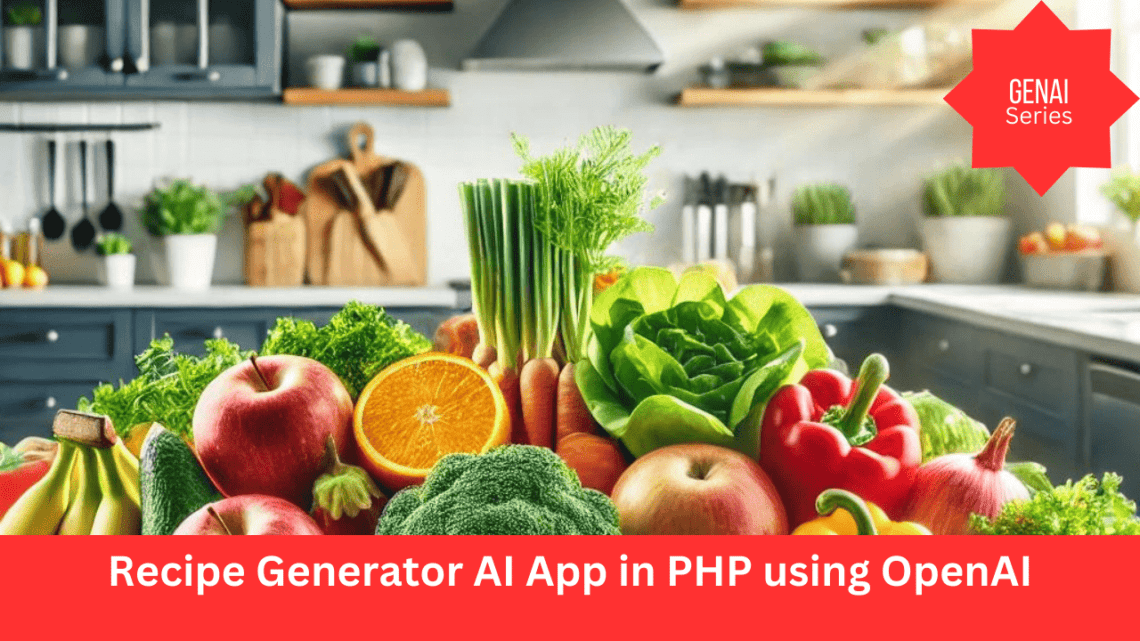Last night, I started feeling unwell during a company meeting. As the meeting progressed, I felt cold and began shivering. By the time it ended, the shivering had intensified. Even with socks on, I couldn’t warm up. I went to bed around 2 a.m. but had to get up multiple times to use the bathroom. I didn’t want to disturb my wife, but eventually, I needed medicine. She gave me Panadol and some biscuits, which I ate before taking the medicine. After that, I finally slept. In the morning, I still felt weak, though I didn’t have a fever. After breakfast, I remained in bed, lacking the energy to do…
-
-
Build Your Web Scraper with Crawlbase in Python: A Beginner’s Guide
If you’ve ever felt curious about collecting data straight from websites—but instantly thought, “This sounds way too complicated!”—then you’re in for a treat. Web scraping, contrary to popular belief, can be simple, efficient, and even fun… especially if you have the right tools in your arsenal. With just a few lines of Python code and an amazing third-party service like Crawlbase, you can automate the collection of information from the web while bypassing the usual challenges (think CAPTCHA, IP blocks, JavaScript-heavy sites, and more). In this guide, I’m going to walk you step-by-step through the process of building your first web scraper with Python using Crawlbase. By the end, you’ll…
-
Detecting the Hammer Candlestick Pattern Using Python
This post is part of the T4p Series. In the previous post, we discussed creating your custom signal generation pattern. In this post, we will discuss a famous candlestick pattern called the Hammer pattern. We will discuss the pattern, what it is all about, and how it helps traders to earn money. Introduction A Hammer is a single candlestick pattern that forms during a downtrend and is characterized by having a small real body at the top of the candle, a long lower shadow (at least 2-3 times the size of the body), and little to no upper shadow. The pattern indicates a potential trend reversal as it shows that despite…
-
Generate Stunning Avatars Using OpenAI APIs
This post is part of the GenAI Series. So far in the series, we have created AI apps that generate text. In this post, I will introduce OpenAI’s image generation APIs, which can convert a textual prompt into an image and perform many other tasks related to images. I am going to make an app called AvatarAI. It will generate an avatar based on different parameters. Avatars are very common in the digital world. People use them mainly as profile pictures for forums, depicting their digital version. In case you are just interested in watching the demo, you can see it below: Prompt Engineering Like before, we will first create a prompt that…
-
Amazon Scraper: Get ANY Product Data from Amazon without coding
As the world’s leading e-commerce platform, Amazon not only provides consumers with a seamless and reliable one-stop shopping experience but also serves as a critical data aggregation hub. Its vast repository of product information enables sellers to perform in-depth market research and develop effective sales strategies. How to integrate a substantial amount of data in a structured way to give your e-commerce business a real leg up? It is not a smart move to manually search, paste, and copy the required information directly; while using code for web scraping poses a technical barrier for people lacking a programming background. Fortunately, there is a user-friendly intelligent web scraper available that can…
-
Design Custom Candlestick Patterns for Signal Generation Using Python
This post is part of the T4p Series. In the previous post, I introduced you to Candlestick patterns, explaining what they are and discussing a couple of well-known patterns and their implementation in Python. We will be discussing further famous patterns in coming posts but here we will learn how you can come up with your own candlestick patterns and implement them in Python. Ultimately, we will be using our custom and awesome candlestick pattern to generate signals and print money. Custom Pattern So, what would that custom pattern be? Pretty simple: Bullish: If 3 consecutive candles are green, it triggers a SELL signal. Bearish: If 3 consecutive candles are red, it…
-
Tracking Ethereum Wallet Balance with GetBlock.io
In this guide, we’re going to demonstrate how to write and run the simplest script for tracking Ethereum wallet balance with GetBlock’s RPC API. What is Token Ownership? Token ownership is just a digital version of holding an asset. It is similar to holding stocks, currencies, or commodities like gold or silver. Each token is linked to an account (or wallet address), and the balance of tokens in that account reflects ownership. When you acquire tokens, whether you are buying them on an exchange through trading, getting them as staking rewards, or someone giving you as a gift, they are transferred to the respective wallet addresses and you become their…
-
Develop AI Cover letter generator app in Flask using Gemini API
This post is part of the GenAI Series. In the previous post, I discussed creating a recipe generator AI app in PHP using OpenAI APIs. In this post, I will explain how to use Google’s Gemini LLM APIs to create another text-based AI app: an AI cover letter generator. Let’s dive in! If you are in a hurry you may check the demo video below: I introduced you to Google’s LLM API recently. At that time, it was called Bard, which was later rebranded to Gemini. I automated a WordPress blog with Bard APIs to create financial posts. API Key Generation To use Gemini APIs you need an API Key,…
-
Getting Started with Candlesticks Patterns and Python
This post is part of the T4p Series. In the previous post, I briefly introduced candlesticks and how to detect a bearish and bullish candle in Python. In this post, we are going deeper, discussing candlestick patterns, what they are all about, and how to detect and represent them in Python Introduction As you learned in the previous post, there are mainly two types of candles: Bearish and Bullish. The size of the wick and the body determines what kind of bearish and bullish candle it is. Candlestick patterns visually help traders learn about the price movement to interpret the market sentiments. History Candlestick patterns were developed centuries ago by Japanese…
-
Develop a Recipe Generator AI App in PHP Laravel using OpenAI
This post is part of the GenAI series. Alright, so the first text-based GenAI app that I am going to build is actually an AI-based recipe generator in PHP Laravel using OpenAI APIs. The app will ask about the ingredients and cuisine type and will generate a recipe for you. If you are in a hurry, you can watch the demo of the app below: To build this app, you will need to install Laravel and generate OpenAI API keys. Development Setup To make this app work you need three things: OpenAI API key generation Laravel installation OpenAI Integration OpenAI API Key generation Go to the API Keys section of…







